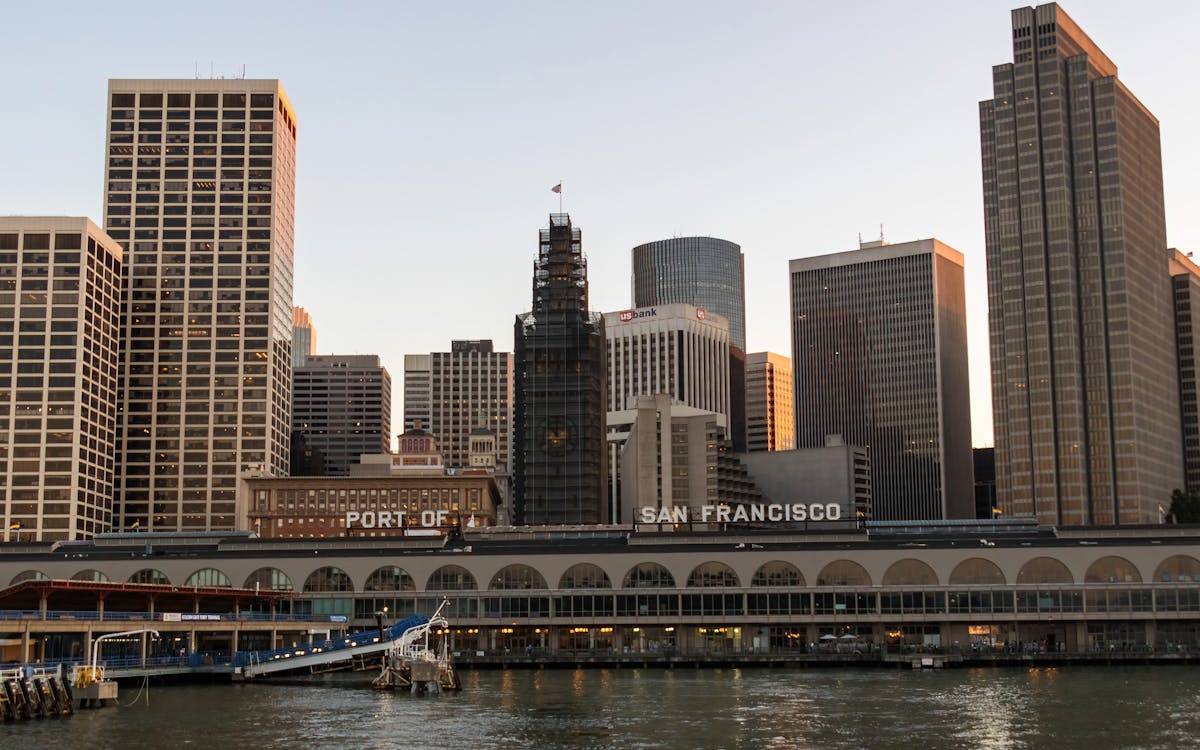Changing Currents: The Bay Reimagined
Changing Currents: The Bay Reimagined
Blog Article

Why Restoration Matters More Than Ever in the Bay Area
Over the last couple of decades, the San Francisco Bay has actually weathered the influence of metropolitan expansion, commercial development, and environment change. As soon as teeming with wild animals and lush wetlands, a lot of the bay's all-natural communities have actually been fragmented or deteriorated. Yet in the middle of these challenges, something impressive is happening: regional homeowners, volunteers, and grassroots initiatives are leading a wave of environmental reconstruction that's bringing new life back to the Bay.
Repair isn't just about planting trees or cleaning up trash, though those efforts are very important. It's concerning reconstructing the foundations of life, from marsh lawns that sustain fish baby rooms to shoreline buffers that guard against flooding. And in this region, the power of community participation is transforming the trend extremely reasonably.
From Marshland to Miracle: The Return of Native Habitats
One of the most visible adjustments taking place in the Bay Area is the re-emergence of indigenous environments. Wetlands that were once drained pipes or led over are being rehydrated and replanted. Lawns and bushes indigenous to the area are being grown by neighborhood groups, who commonly depend on local volunteers to aid grow plants and manage regulated planting occasions.
These native plants do greater than add plant to the landscape. They use refuge to migratory birds, pollinators, and tiny animals, creating pockets of biodiversity amidst busy city zones. As these habitats increase, so does the environmental wellness of the Bay itself. When regional homeowners take time out of their weekends to obtain their hands in the dirt, they're not just planting-- they're joining the repair of a living, breathing ecosystem.
The Role of Education in Fostering Environmental Stewards
Education and learning plays an important component in why these community-led initiatives are functioning so well. Schools, neighborhood centers, and nonprofit teams are arranging hands-on learning experiences where participants of all ages can understand the science and relevance of restoration. These programs commonly bring individuals one-on-one with concerns like disintegration, air pollution, and water level surge-- subjects that can feel abstract up until they're seen up close.
When somebody sees the delicate equilibrium of a tidewater or finds out just how a solitary plant varieties can filter contaminants from the water, the worth of that understanding ends up being personal. And with that understanding comes the motivation to act. Recovering ecological communities comes to be less of a task and even more of an objective. This deep connection to neighborhood areas is what sets the Bay Area apart and gas the long-lasting success of these initiatives.
Using the Digital World to Drive Real-World Change
Remarkably, the push to recover the Bay's ecosystems isn't taking place in isolation from the electronic world. Modern technology is ending up being an effective tool in rallying assistance, spreading out understanding, and attaching neighborhoods. Whether via citizen scientific research applications that track native types or neighborhood online forums arranging remediation events, the on-line space is matching boots-on-the-ground activity.
Over the last few years, even regional outreach approaches have developed. For instance, a social media marketing agency in the Bay Area may support ecological campaigns by assisting volunteers amplify their influence, tell their stories, and motivate others to get entailed. These digital touchpoints have the power to turn a tiny weekend clean-up right into a local movement just by allowing people understand it's taking place-- which it matters.
Email Campaigns That Inspire and Inform Local Change-Makers
Another digital approach making a tangible difference is email communication. Updates regarding reconstruction events, seasonal planting efforts, and donation drives are commonly shared via carefully crafted newsletters that strike a balance between being helpful and inspiring. It's not uncommon for a well-timed campaign from check out this site an email marketing agency in San Francisco to bring a rush of volunteers or contributions to a project in need.
These e-mail projects aren't just transactional-- they're transformative. By enlightening subscribers regarding the straight impact their participation has, they support long-term engagement. Visitors involve feel like stakeholders in the health and wellness of their area, which psychological connection translates to lasting commitment.
The Unseen Work of Connecting Data, Communities, and Nature
Behind every effective reconstruction project lies a complicated internet of control. There's study to understand what habitats need most, community feedback to shape inclusive plans, and follow-up tracking to make sure success. This sort of recurring initiative usually calls for not simply heart, yet information, technique, and interaction.
That's where the support of a digital marketing company in the Bay Area can make a quiet yet crucial difference. By aiding companies develop strong digital systems, gather insights, and refine their messaging, these groups allow neighborhood groups to scale their influence. The result is a more linked and effective movement, where every activity counts, and everyone feels like they're component of something bigger.
The Power of People in Preserving the Bay's Future
If there's one point the Bay Area has verified, it's that repair doesn't need to start with huge institutions or massive spending plans. It can begin with one next-door neighbor pulling weeds from a path, one student growing an indigenous sapling, or one family members showing up to a coastline cleanup. These little activities add up, specifically when they're supported by wise approaches and shown the more comprehensive community.
There's something distinctively enthusiastic about seeing the tides turn-- both figuratively and essentially-- for nature. The Bay is far from fully brought back, yet it's being revived each day with the perseverance and treatment of those that call this place home. With each marsh rebuilt and each native species safeguarded, we're not just bring back ecological communities-- we're picturing what's possible when communities lead with function.
Keep following this blog for more tales on neighborhood adjustment, area influence, and the means you can be part of shielding the all-natural elegance that borders us.
Report this page